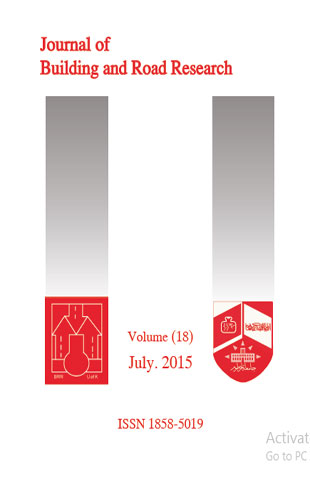The Effect of Non-Orthogonal Forms on Energy Consumption in Tall Office BuildIngs
DOI:
https://doi.org/10.53332/jbrr.v18i.594Keywords:
Architectural form, energy consumption, Khartoum, offce buildings, initial design stagesAbstract
This paper focuses on the relation between the building form and energy performance in tall office buildings. It deals with one common generic ar-chitectural form of contemporary designs and its derivations. The LT (Light and Thermal) method, developed in UK, was used to estimate expected en-ergy consumption after adjusting its assumptions to suit Khartoum’s climatic conditions and non-orthogonal forms. The findings of this study can be quite useful for architects at early stages of the design process (sketch and pre-liminary design) when no detailed information is available yet for advanced simulation and energy performance assessment techniques. The findings compare calculated energy consumption of five selected forms: box, twisted box, tapered box, bent box and tapered twisted box. The conclusions suggest that up to one-third of the variations in energy consumption could be at-tributed to changes in basic forms at early design stages. Self-shading forms with controlled glazing ratio perform noticeably better than other forms.

